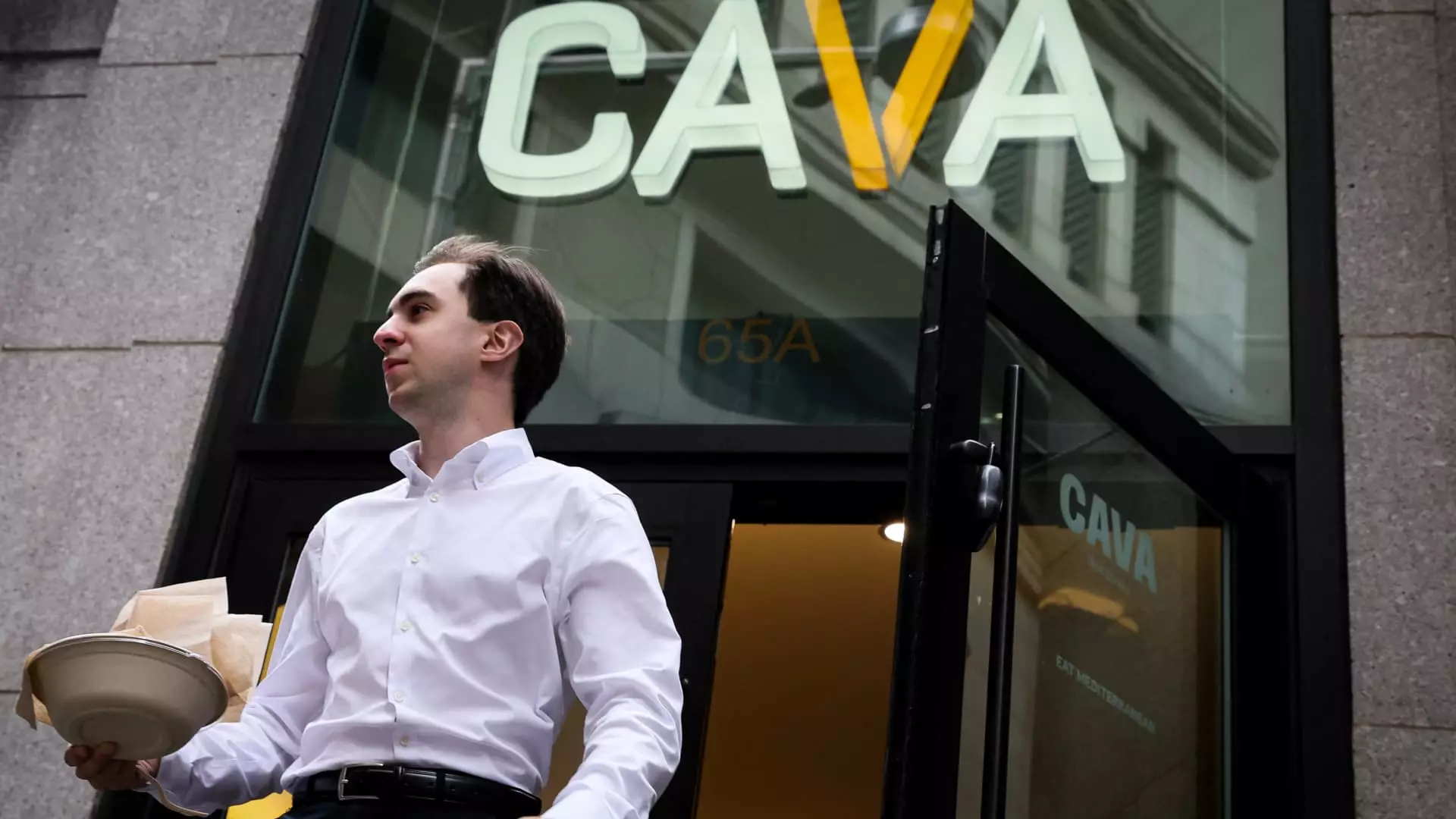In an era where consumers are tightening their belts and scrutinizing every dollar spent, the rise of loyalty programs in the restaurant industry often appears as both a lifeline and a manipulative tool. While businesses tout these initiatives as strategies to foster genuine relationships, the underlying motives frequently lean toward exploitation rather than authentic engagement. These programs, branded as pathways to savings or special perks, subtly shift the power dynamic, encouraging more frequent visits while arguably diminishing the consumer’s real value. Is this really a win for diners, or just a sophisticated way for corporations to secure perpetual patronage under the guise of generosity?
Loyalty schemes are increasingly essential in a landscape where foot traffic declines and sales stagnate. While it’s undeniable that membership correlates with increased visit frequency, this relationship often fosters a dependency that benefits brands far more than the consumer. The promise of discounts or bonus items may seem to offer a fair exchange, but their strategic design is often aimed at creating habits, not humane partnerships. By stoking the allure of free treats, exclusive access, and engagement challenges, these programs manipulate emotional triggers, ensuring customers keep returning, sometimes at the expense of their own financial well-being.
It’s worth questioning whether this obsession with consumer loyalty has gone too far. In practice, these programs have morphed into sophisticated psychological levers, encouraging spending beyond initial intentions. The recent overhaul of rewards programs—such as Cava’s flexible point system or Potbelly’s coin-based rewards—confirms a trend where brands craft layers of incentives designed to trap customers in a cycle of repeated engagement. While this can generate impressive sales figures, it risks reducing the customer to a mere revenue source, eroding the authentic trust that should underpin business relationships.
Are These Rewards Creating Real Value or Just Illusions of Loyalty?
The case of Starbucks vividly illustrates the dual-edged nature of loyalty programs. Although they boast millions of active members, critics question whether these initiatives foster meaningful loyalty or merely short-term transactional habits. The shift away from simple perks—like reusable cup bonuses—toward more lucrative double-star promotions indicates a calculated move to maximize revenue from existing customers. The controversy surrounding such modifications reveals a tension: loyalty is being commodified, turning customers into walking wallets just as much as valued patrons.
Meanwhile, brands like Chipotle have succeeded in integrating rewards into their sales models to buffer against economic downturns. Their targeted strategies, such as seasonal campaigns and engaging social media activations, show an understanding that loyalty isn’t just about discounts but creating an emotional connection. Yet, even here, the true question persists: Are these programs fostering genuine satisfaction, or are they merely reinforcing short-term benefits that could evaporate once economic pressures relent?
Cava’s innovative approach—introducing limited-time offers, surprise rewards, and in-app challenges—melds entertainment with transactional incentives. While such tactics undoubtedly excite customers, they also reveal an underlying strategy to deepen dependency on brand interactions. The more personalized and immersive these programs become, the more they blur the line between authentic relationship-building and strategic manipulation. Do customers truly feel valued, or are they manipulated into prolonged spending cycles under the guise of fun and rewards?
Economic Survival or Manipulation? The Ethical Dilemma of Loyalty Strategies
In tight-margin industries like fast casual dining, the profitability of free perks appears undeniable. Promotions offering free burritos, pita chips, or bonus points seem like generous acts, but their true purpose is often to increase customer lifetime value at a cost that may undermine long-term sustainability. The temptation for brands to enrich their bottom line by sacrificing immediate profit for eventual loyalty seems tempting, but at what expense to consumer trust?
Many loyal customers, especially when rewards shifts are perceived as reductions in earning potential—such as Starbucks’ removal of its reusable cup bonus—respond with skepticism and frustration. Their faith in the brand’s commitment to serving their best interests wavers, raising questions about sincerity in marketing. It’s difficult to see these moves as anything more than strategic recalibrations aimed at maintaining profit margins during economic uncertainty, rather than genuine gestures of appreciation.
Furthermore, these programs often foster a questionable form of consumer dependency. By consistently rewarding behaviors—visiting more frequently, spending more, or engaging with special challenges—companies stitch a web that makes it harder for customers to make independent, considered choices. It’s no longer just about providing value; it’s about designing environments where loyalty becomes a self-perpetuating cycle of consumption, sometimes crossing ethical boundaries in the process.
Finally, the concept of “loyalty” itself comes into question. Are these programs cultivating authentic allegiance, or simply exploiting a psychological need to belong and feel rewarded? As brands become more inventive—leveraging digital wallets, personalized challenges, and tiered rewards—an important debate emerges: is this fostering genuine community and trust, or merely reinforcing superficial bonds that benefit corporations and manipulate consumer behavior?
In a world gripped by economic volatility, loyalty programs emerge not just as survival tools but as carefully crafted instruments of influence. Whether they serve the interests of consumers or primarily benefit corporate coffers remains a contentious issue, demanding a critical eye and ethical reflection from both sides.

